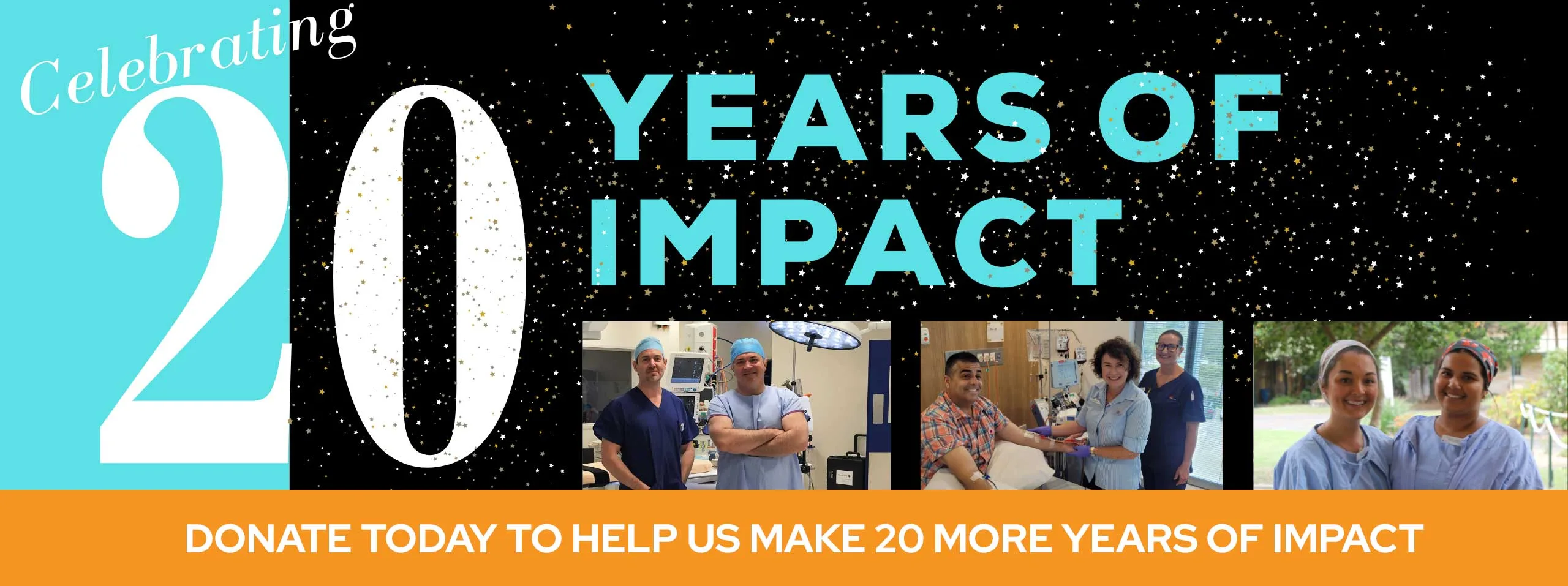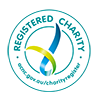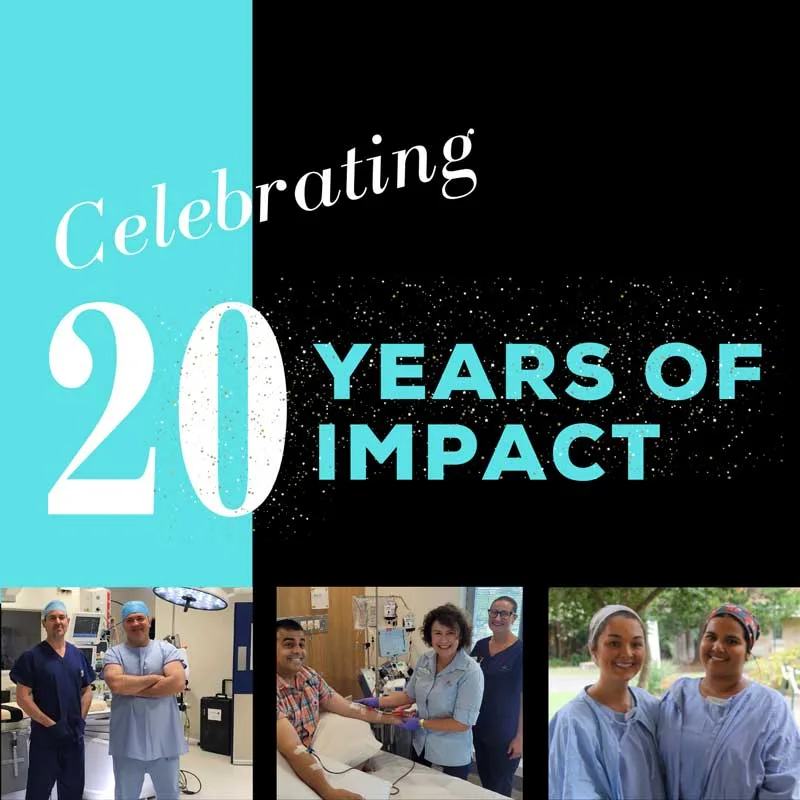Our Impact - Ear, Nose and Throat
OUR IMPACT
Ear, Nose and Throat
Prototype for pain management after ENT surgeries
Tonsils are prone to inflammation. In some more severe cases enlarged tonsils can lead to breathing problems or sleep apnoea so it does not come as a surprise that in 2015, tonsillectomy accounted for more than 41,000 hospitalisations. Whilst the procedure itself is performed under general anaesthesia and therefore pain free; post procedure pain relief has been an ongoing concern. With seed funding from us, Dr Sideris and his team are now working on a drug delivering mesh for better pain management.
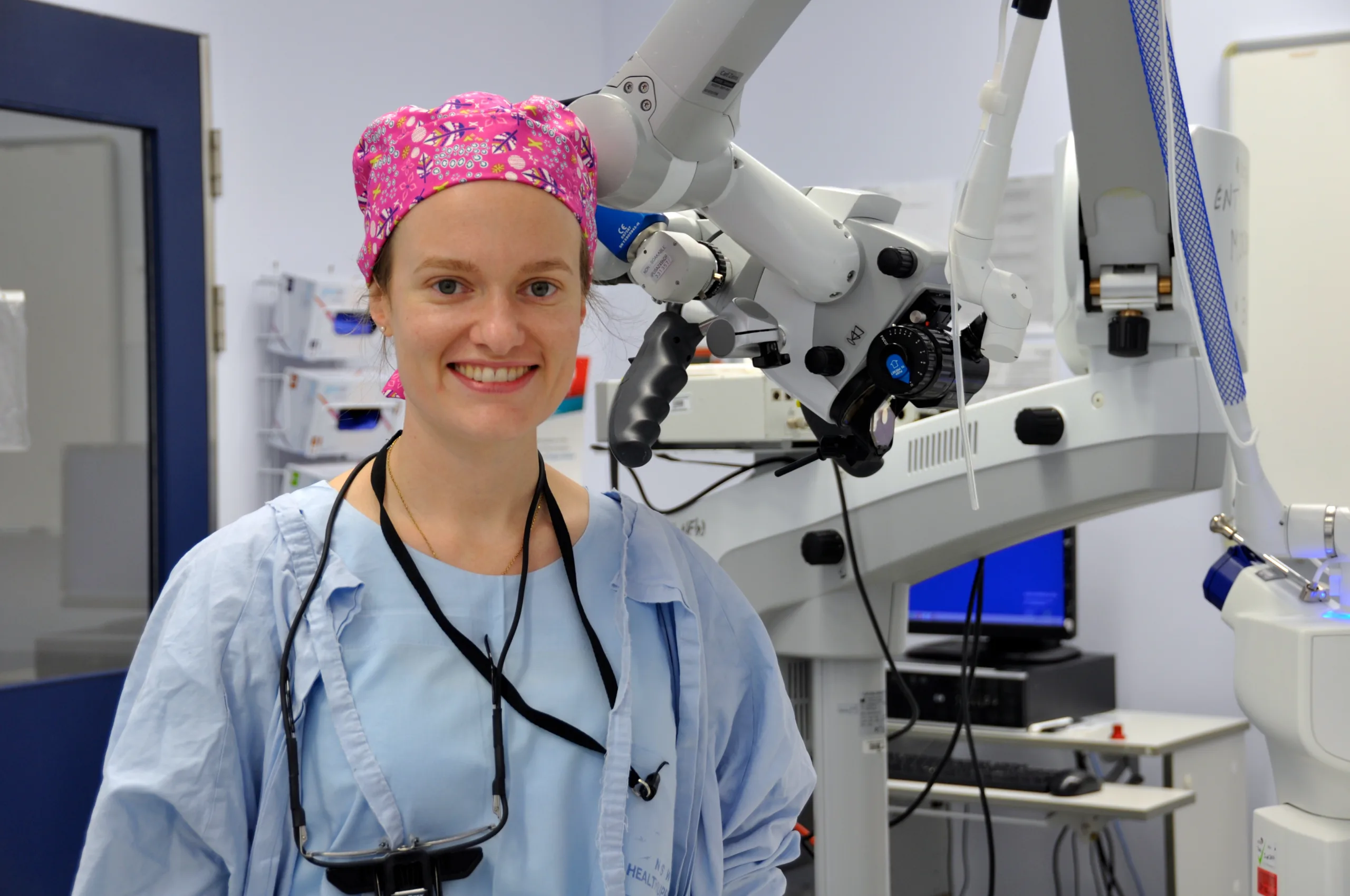
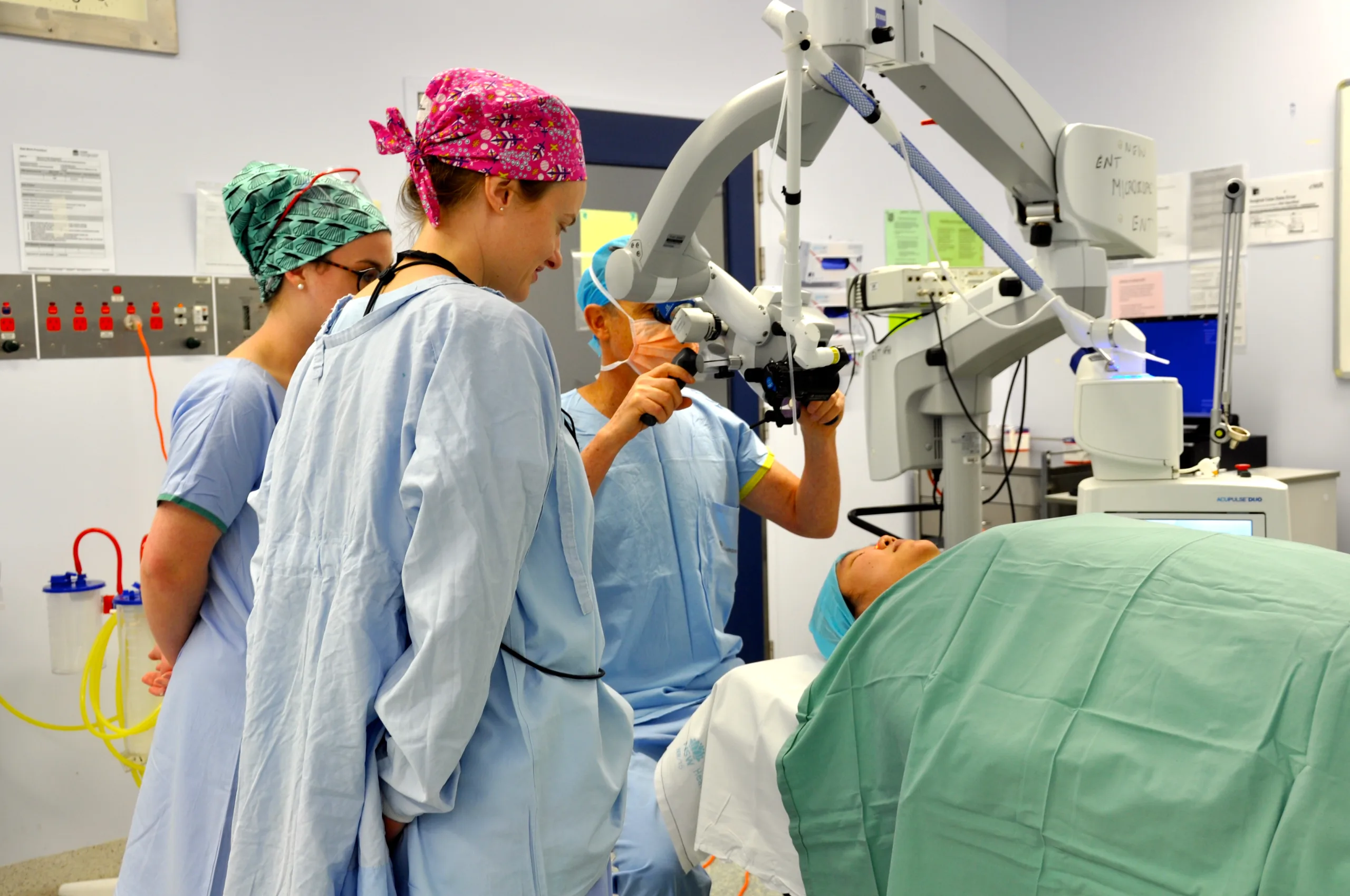
ENT Drill Handpiece
We funded a new high speed otologic drill for adult ENT service. This new equipment allowed the ENT service at POWH to expand its service to include the insertion of Cochlear Implants in adult patients without affecting the current waitlists for other otologic surgeries. The drill is essential for otologic surgery as it has a smaller handpiece and finer, angled burrs which allow for greater surgical control and visibility around delicate structures such as facial nerves and around the ear itself. The use of the new drill contains less risk of adverse events, such as facial paralysis and has greatly assisted those with hearing loss to have the ability to hear again. This drill has been invaluable in the excision and removal of tumours such as acoustic neuromas and exostosis surgery.
A new diagnostic microscope with LED for examining patient ear canals in the Ear Nose and Throat outpatient clinic
The ENT outpatient service provides assessment, diagnosis, and treatment of approximately 3,000 patients referred from General Practitioners and Specialty Consultants. The high demand for the service had resulted in a wait list of over 12 months. Funding an additional diagnostic microscope for the second ENT consultation room during outpatient clinics has improved the efficiency and flow of the clinic reducing patient waiting times for an appointment booking as well as wait times during their appointment. Thanks to the second microscope two doctors can now see patients simultaneously and provide better assessment and timely diagnosis and treatment of patient ear conditions. This means more patients can be seen per clinic and within a shorter timeframe.


